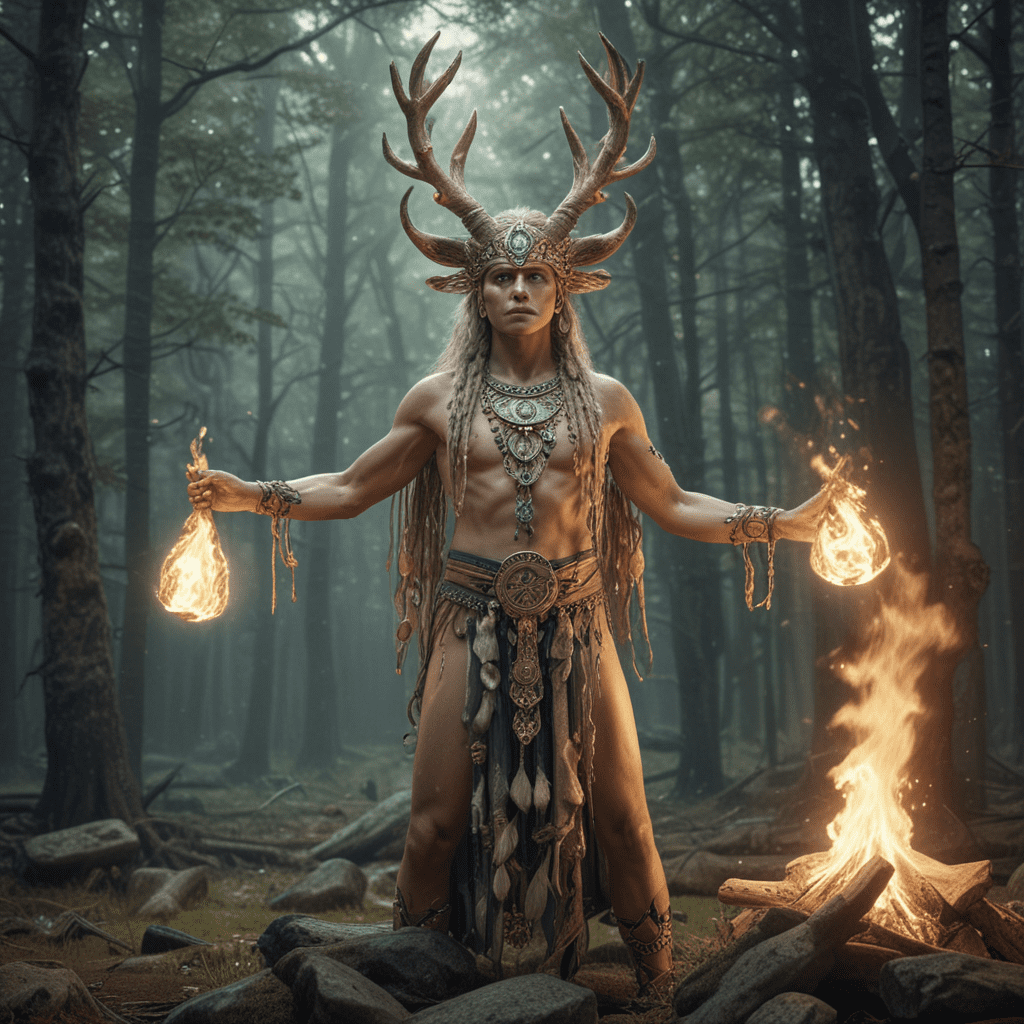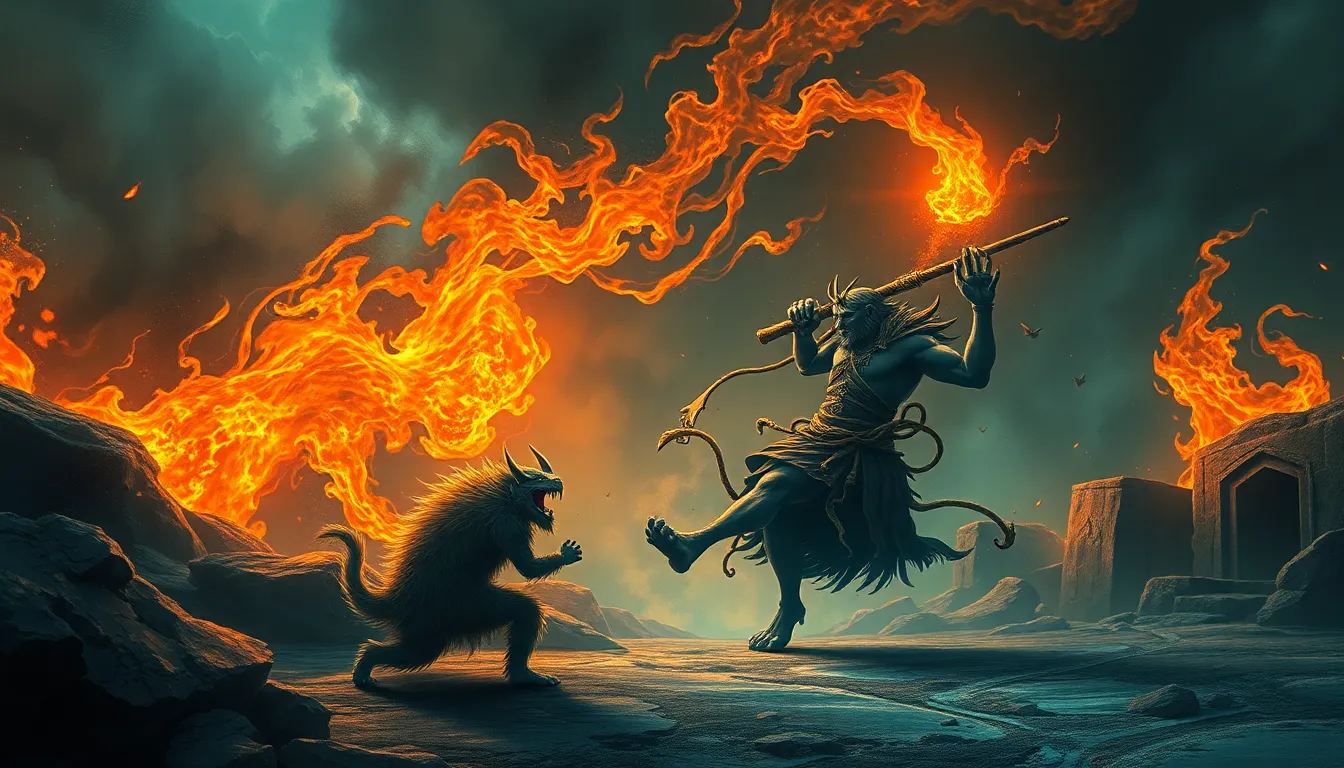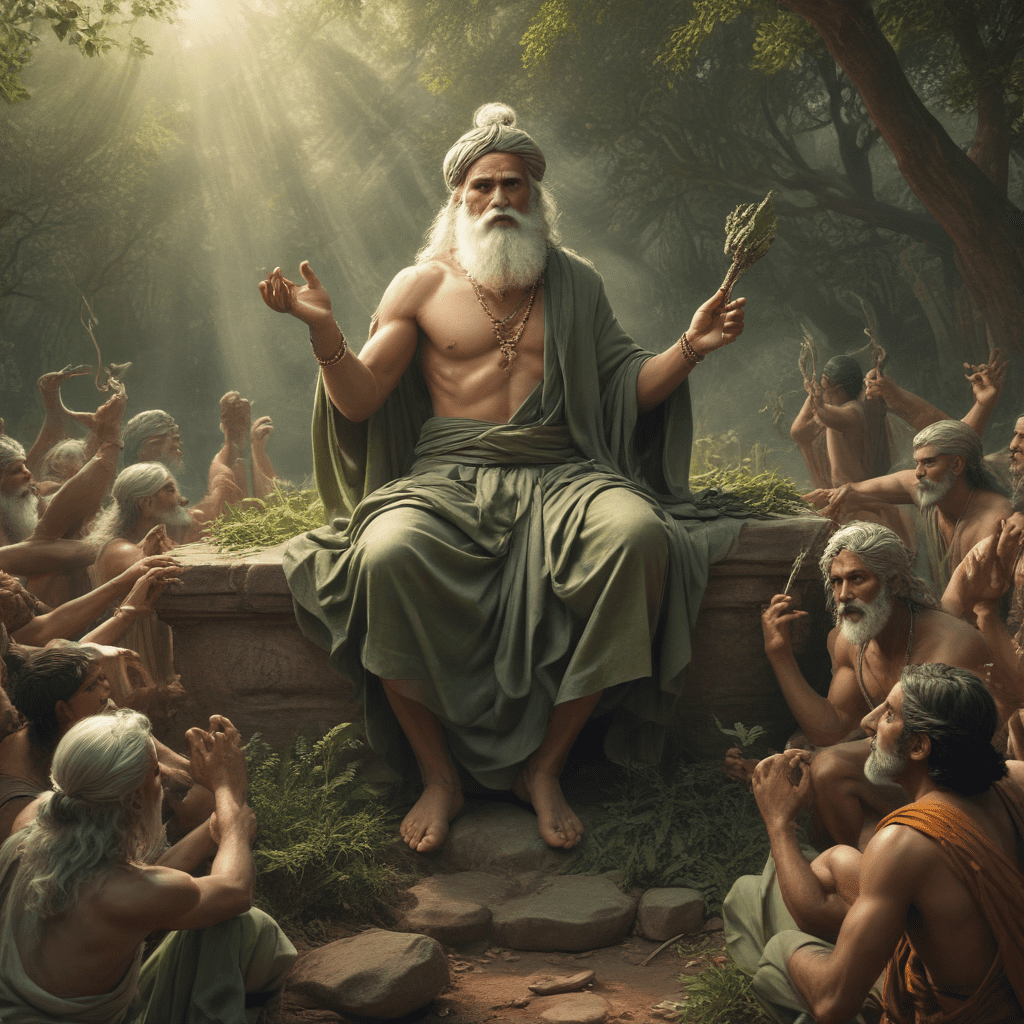1. Introduction: The Significance of Sacred Ceremonies in Finnish Mythology
In the realm of Finnish mythology, sacred ceremonies hold immense significance, shaping the spiritual beliefs and practices of the ancient Finns. These ceremonies were not mere rituals but profound expressions of their connection to the divine, the natural world, and the ancestors. Through these ceremonies, the Finns sought to maintain harmony, appease deities, and ensure the well-being of their communities.
2. The Ritualistic Nature of Finnish Mythology
Finnish mythology is deeply rooted in ritualistic practices. These rituals were not static but evolved over time, influenced by cultural exchanges and the changing societal landscape. The Finns believed that by performing specific actions and uttering certain words, they could influence the supernatural realm and shape their destiny. Rituals were thus integral to their spiritual lives, providing a framework for communication with the gods and spirits.
3. The Role of Shamans in Sacred Ceremonies
Shamans played a pivotal role in Finnish sacred ceremonies. These individuals were believed to possess the ability to communicate with the spirit world and mediate between humans and the supernatural. Shamans guided rituals, performed healing ceremonies, and advised on matters of spiritual significance. Their knowledge and skills were highly valued, and they held a respected position within Finnish society.
4. The Concept of Ukonusko and Its Rituals
Ukonusko, meaning "Ukko's Belief," was the primary religious system of the ancient Finns. Ukko, the supreme god of thunder and weather, was revered through various rituals and sacrifices. Ukonusko rituals were often held in sacred groves or on hilltops, where offerings were made to Ukko and his entourage of deities. These rituals were designed to ensure good harvests, protect against natural disasters, and maintain harmony within the community.
5. The Importance of Nature and the Natural World
Nature held a central place in Finnish mythology and sacred ceremonies. The Finns believed that the natural world was imbued with spiritual power and that certain places, such as forests, lakes, and mountains, were sacred. Rituals were often performed in these natural settings, with participants seeking blessings from the spirits of the land and water.
6. The Power of Incantations and Songs
Incantations and songs played a significant role in Finnish sacred ceremonies. The ancient Finns believed that words possessed inherent power, and by uttering certain phrases or singing specific songs, they could influence the course of events. Incantations were used for healing, protection, and communication with the spirit world. Songs were also an integral part of ceremonies, with their lyrics often invoking the gods or spirits and expressing the hopes and prayers of the participants.
7. The Use of Sacrifice and Offerings
Sacrifice and offerings were common practices in Finnish sacred ceremonies. Animals, food, and other items were offered to the gods and spirits as a gesture of devotion and gratitude. The Finns believed that by making sacrifices, they could appease the deities and secure their favor. Sacrifices were often performed during major festivals or when seeking protection or guidance in times of need.
8. The Influence of Christianity on Finnish Sacred Ceremonies
With the arrival of Christianity in Finland, the practice of sacred ceremonies underwent significant changes. Christian missionaries sought to convert the Finns to their faith, and many traditional beliefs and rituals were suppressed or adapted to fit the Christian framework. However, elements of Finnish mythology and sacred ceremonies persisted, often blending with Christian practices. This syncretism resulted in the emergence of new rituals and traditions that reflected the融合 of both faiths.
9. Modern Interpretations and Revivals
In recent times, there has been a growing interest in Finnish mythology and sacred ceremonies. Modern interpretations of these ancient practices seek to revive the spiritual traditions of the past while adapting them to the contemporary context. Some individuals have incorporated elements of Finnish mythology into their personal spiritual practices, while others have formed groups dedicated to the preservation and celebration of Finnish sacred ceremonies.
10. Conclusion: The Enduring Legacy of Finnish Sacred Ceremonies
The sacred ceremonies of Finnish mythology have left a lasting legacy on Finnish culture and spirituality. While the specific practices may have evolved over time, the importance of connection to the divine, nature, and the ancestors remains deeply ingrained in the Finnish psyche. Through modern interpretations and revivals, the ancient wisdom and power of these ceremonies continue to resonate with individuals seeking a meaningful connection to their spiritual heritage.
FAQ
Q: What was the most important sacred ceremony in Finnish mythology?
A: Ukonusko rituals, honoring the supreme god Ukko, were among the most significant sacred ceremonies in Finnish mythology.
Q: What role did shamans play in Finnish sacred ceremonies?
A: Shamans were highly respected individuals who mediated between humans and the supernatural realm, guiding rituals and performing healing ceremonies.
Q: How did Christianity influence Finnish sacred ceremonies?
A: With the arrival of Christianity, many traditional Finnish sacred ceremonies were suppressed or adapted to fit the Christian framework, resulting in a syncretism of beliefs and practices.
Q: Are Finnish sacred ceremonies still practiced today?
A: While the specific practices have evolved, elements of Finnish mythology and sacred ceremonies persist in modern interpretations and revivals, with individuals and groups seeking to preserve and celebrate their spiritual heritage.



